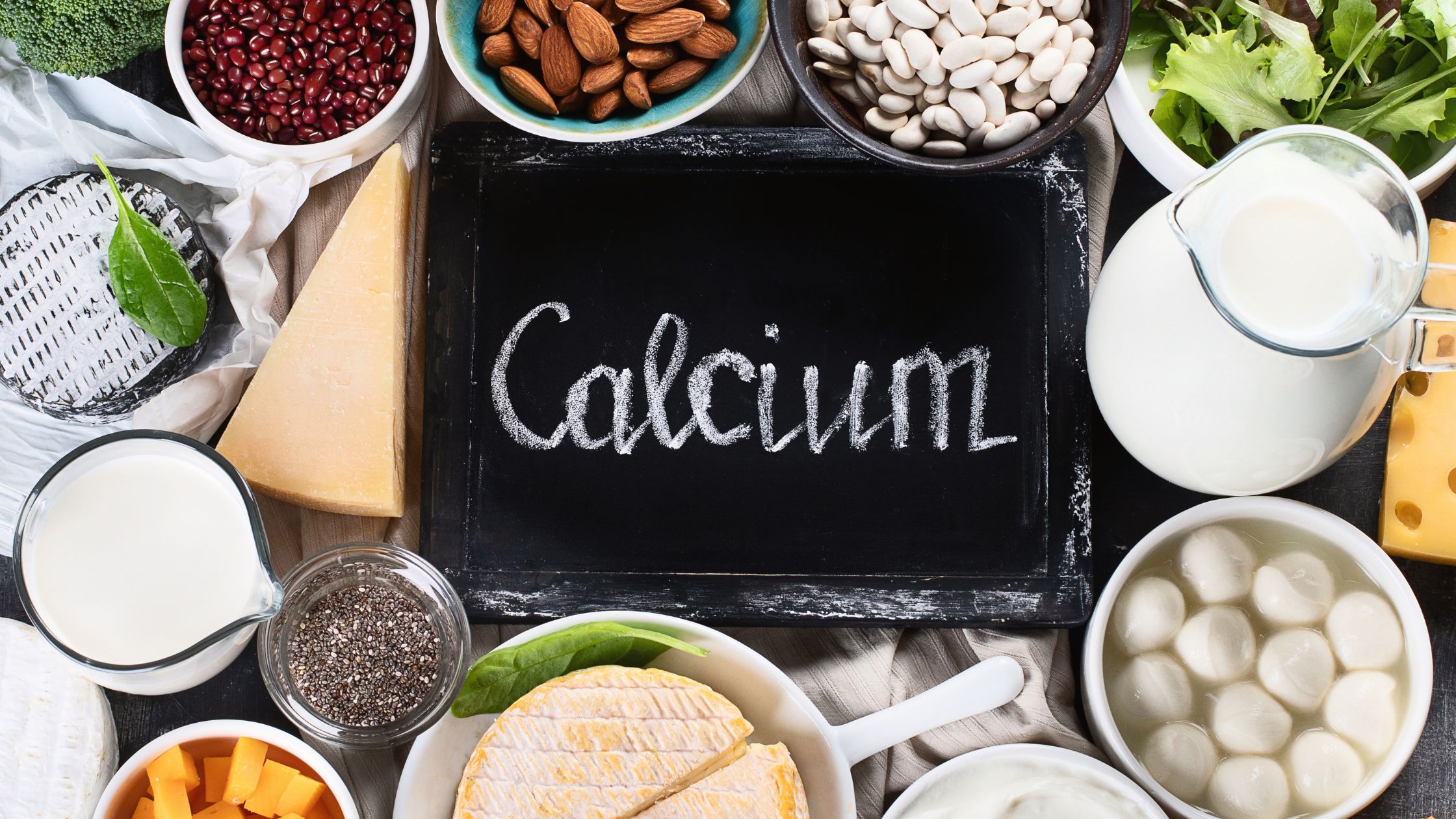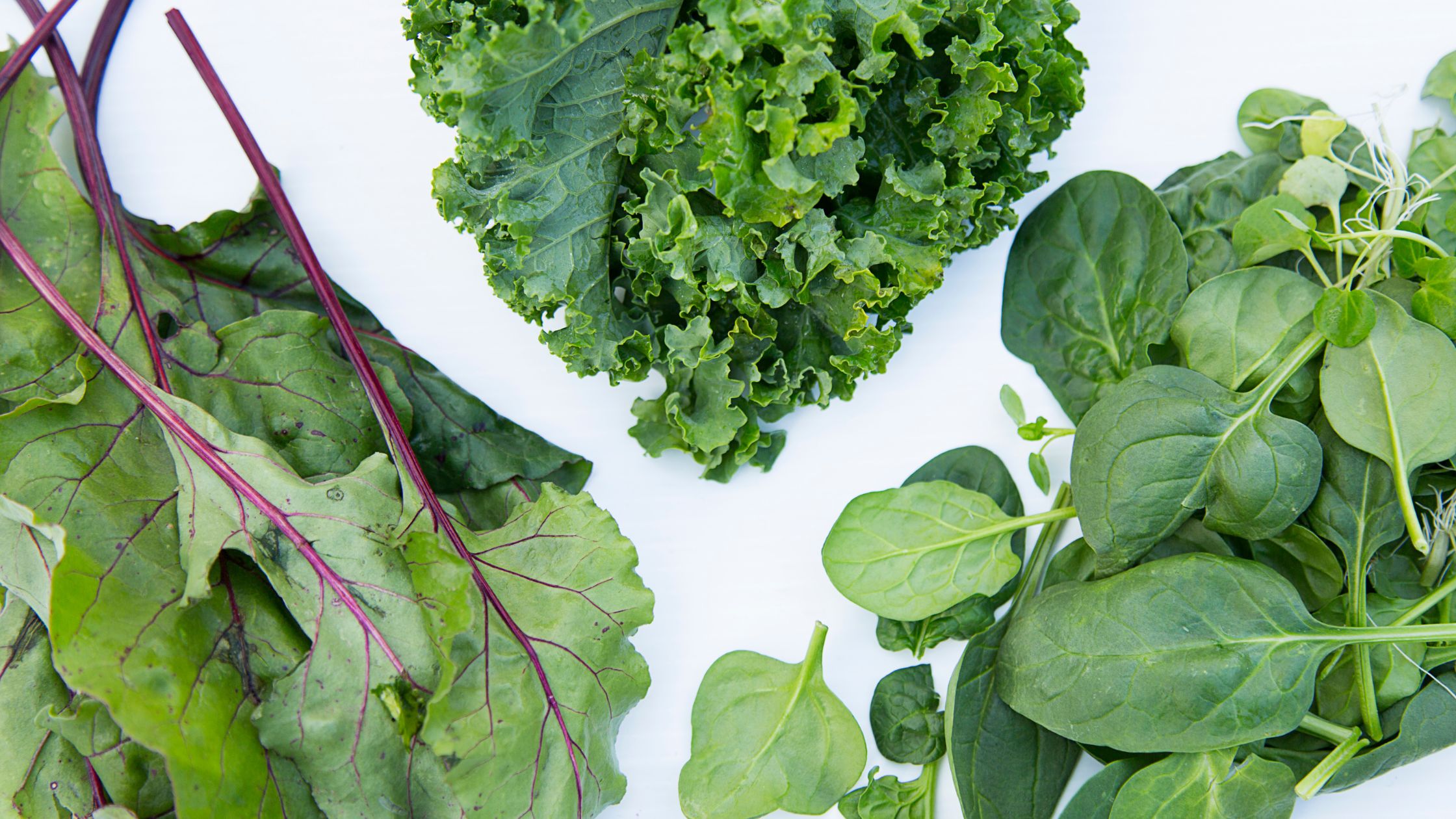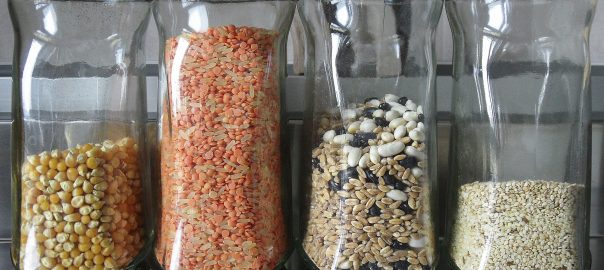My friend Ashleigh recently asked me about our soda maker. We love it! I had purchased it as a gift for Steve a couple of years ago and it has been a huge hit. The bottles are reusable, lasting up to 3 years, and are BPA-free with no pthalates or polycarbonates. The carbonators last for quite a while and bring the cost of a liter of seltzer in at about 18 cents each. No batteries, no plug, simply the machine, a bottle, a carbonator and water. Definitely a good drink choice and an environmentally conscious one. I do not make any money from this company, I just like their product and you can get one too at sodaclub.com.
Monthly Archives: March 2009
Phyllo Pear Galette
A recent combination of extra phyllo dough and some pears that were just right turned into a marvelous dessert. First I have a confession to make, I'm not very good at making pie crusts. Because of that I rarely make two crust pies. Aside from the obvious increase in calories there's the need to roll out two crusts.
Feed Them Junk, No Wonder They Can’t Think Straight
I just found this video and it is distressing to watch and see how many lobbyists and lawyers show up for a meeting on school lunch nutrition. While it is certainly not the only reason that children in this country are overweight and unhealthy I am sure it is a contributing factor. We need to do better for our children.
Chef Jamie Oliver took on the British School Lunch program in London and apparently had quite a success there. Perhaps we can learn from their program, plus the programs we have right here at home created by people like Alice Waters and her Slow Food Slow School program which has created such successes as The Edible Schoolyard (you can see a video of the schoolyard in action here). Let's do better for our kids, they deserve it and we do too.
Loving Lycopene
 In my recent post on peppers I mentioned lycopene. I thought I would mention just a little more about it because it is so beneficial to us. Lycopene is a carotenoid that produces red color. There are other carotenoids like beta-carotene, zeaxanthin or lutein; carotenoids produce yellow, orange or red colors in our food. There is some evidence to suggest the possibility that a diet high in lycopene may be helpful in protecting against prostate cancer although more research is needed. It is also believed to be helpful in preventing or treating macular degeneration, cataracts and skin cancer.
In my recent post on peppers I mentioned lycopene. I thought I would mention just a little more about it because it is so beneficial to us. Lycopene is a carotenoid that produces red color. There are other carotenoids like beta-carotene, zeaxanthin or lutein; carotenoids produce yellow, orange or red colors in our food. There is some evidence to suggest the possibility that a diet high in lycopene may be helpful in protecting against prostate cancer although more research is needed. It is also believed to be helpful in preventing or treating macular degeneration, cataracts and skin cancer.
A Fabulous Twist On Taboule
 With thanks to my friend Claire for bringing this recipe to my attention and for taking the beautiful picture of this gluten-free version of taboule using quinoa instead of bulghur (cracked wheat) created by Chef Rachel. Claire and I were fortunate enough to meet Chef Rachel at the National Association of Nutrition Professionals conference last Fall where she was making wildly delicious desserts that were gluten and dairy free. This quinoa is so tasty that I cannot get enough of it. I have made it twice in one week and think that this is my new favorite for summer salad.
With thanks to my friend Claire for bringing this recipe to my attention and for taking the beautiful picture of this gluten-free version of taboule using quinoa instead of bulghur (cracked wheat) created by Chef Rachel. Claire and I were fortunate enough to meet Chef Rachel at the National Association of Nutrition Professionals conference last Fall where she was making wildly delicious desserts that were gluten and dairy free. This quinoa is so tasty that I cannot get enough of it. I have made it twice in one week and think that this is my new favorite for summer salad.
Photo courtesy of Claire Wang

Calcium Comes From
Calcium is a cornerstone of good health, playing a pivotal role not just in bone and teeth strength but also in muscle function, nerve signaling, and blood clotting. Despite popular belief, fortified milk and dairy products are not the only paths to achieving your daily calcium intake. A diverse diet rich in whole foods can offer ample calcium and additional health benefits.
Understanding Calcium's Role and Requirements
Adults aged 19-50 should aim for an Adequate Intake (AI) of 1,000 mg of calcium per day, a benchmark set by the Linus Pauling Institute at the University of Oregon. This goal is attainable through careful dietary choices, even without dairy.
Broadening Your Calcium Sources
Leafy Greens and Seeds: Nutrient Powerhouses
Dark, leafy greens such as kale, turnip greens, mustard greens, collard greens, and spinach are calcium-rich. For example, a cup of cooked spinach provides approximately 245 mg of calcium. Seeds, too, are surprisingly high in calcium; four tablespoons of sesame seeds offer 351 mg, surpassing the calcium content of a cup of milk.
Plant-based Milks and Other Alternatives
For those avoiding dairy, plant-based milks like almond, hemp, and rice milk are viable alternatives. While the calcium in these milks is often fortified, they provide a dairy-free means to meet your intake requirements. Remember, the nutritional content can vary, so it's essential to check labels.
Seafood, Nuts, and More
Beyond greens and seeds, other calcium-rich foods include sardines (382 mg per 100 g), almonds (266 mg per 100 g), and flax seeds (255 mg per 100 g). These options not only diversify your diet but also pack in additional nutrients beneficial for overall health.
The Spice of Life
Don't underestimate the power of spices. A 2 tsp. serving of dried basil contains over 63 mg of calcium. Incorporating herbs like basil, rosemary, thyme, and even cinnamon can boost your calcium intake while adding flavor to your meals.
Rethinking Calcium in Your Diet
Shifting away from the idea that dairy is the only calcium source allows for a more inclusive and healthful approach to nutrition. Whether due to dietary restrictions, ethical choices, or personal preference, there are numerous ways to ensure you're getting enough calcium. This holistic view supports not just bone health but a vibrant, varied diet rich in essential nutrients.
By expanding your dietary horizons beyond dairy, you can meet your calcium needs through a balanced intake of greens, seeds, nuts, alternative milks, and even spices. Embrace the variety for a healthier, more inclusive approach to nutrition that ensures your body gets the calcium it needs for strong bones, muscle function, and more.
High Oleic Canola Oil
I recently received an email from Wayne who wanted to know about high oleic canola oil, which is marketed as trans fat free. He had eaten some foods that had it as one of the ingredients and did not like it at all. He was wondering if I had any information about it.
Trans fat free oils are those which are either naturally without trans fat or that have not been hydrogenated to increase the saturation factor. Margerine is a prime example of fat that has been transformed to make it have a longer shelf life. Oleic acid provides some stability to the oils and so scientists are breeding high oleic acid strains of things like corn and canola. With the exception of high oleic sunflower oil I have not been able to find clear evidence that these other oils are not genetically modified rather than the result of a direct breeding program. My recommendation is to choose organic oils, which means there will be no GMO and no pesticides.
Be well.

What You Need To Know About Amino Acids
Amino Acids Are The Building Blocks
Going meatless
There's a lot of media attention to the idea of reducing how much meat we're eating. Including a suggestion for ditching the meat at least one day a week and switching to Meatless Mondays.
If you are a meat eater who is simply trying to eat less meat, incorporating a vegetarian plan one day a week can be a great way to get started. But it's important that you don't become a carbotarian and simply add lots of pasta or simple carbohydrates for your meatless meals. While getting proper nutrition from vegetarian meals requires a little more thought and effort, it is not difficult.
Amino Acid Food Combinations
- a Korean dish called Kong bap is a mixture of seven grains and four beans. Because this dish contains beans (adzuki beans and green peas) and grains (barley, rice, Job's tears, sorghum, and corn) it provides all of the essential amino acids. This dish also has soybeans which are considered to be a complete protein by themselves.
- South and Central America have many dishes that call for a combination of beans with corn
- In the Middle East, there is hummus or falafel (made from chickpeas) and whole wheat pita as a common option
- India brings us dal (lentils) and rice
Delicious lentils for dinner
- 1/2 C. rinsed lentils
- 1 C. rinsed red rice (can use brown rice if you prefer)
- 1 green pepper, diced
- 1 onion, diced
- 2 T. curry powder
- 1 T. nutritional yeast
- 1/2 t. fresh ground black pepper
- 3 1/2 C. vegetable broth
- 1 T. olive oil
- Saute the pepper and onions in the olive oil until just starting to soften
- Place all dry ingredients into the crockpot
- Add broth and stir well
- Cover and cook on low for 5-6 hours (check at 4.5 hours to see if you need a little more water)
- Add salt to taste after done cooking
- Note: Don't add the salt while cooking because it will delay the lentils from softening
